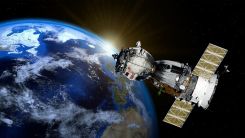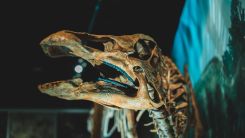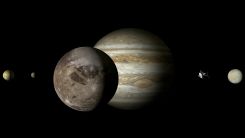
Tyra Mae


UV Light Uncovers an Ancient Syriac Translation of the Gospels in 1,750-year-old New Testament Fragment

Plant-eating Dinosaurs Could Have Evolved To Be Even Larger, Reaching 100 Tonnes

Suicide Rates Peak During Full Moon and Late Afternoons, New Study Reveals; How Strong Is the Linkage Between Lunar Phases and Mental Health?

Neuralink’s Human Trials at Risk Due to Regulatory Hurdles, Threatening Elon Musk’s Ambitious Goal

NIAC Program Awards $3.6M Funding to Six Futuristic Space Tech Projects
Precision Gene Editing Technique Turns Tobacco Plants Into Solar-Powered Factories for Moth Sex Pheromones

Soyuz Spacecraft Relocation a Success, Clearing Way for Future ISS Missions

Dinosaur Head of 170-million-year-old Jurassic Species Reconstructed Using Micro-CT Scans To Identify Parts

Short-term Memory Illusions: Study Suggests Human Memory May Be Unreliable After Just a Few Seconds

ESA Juice Mission: Jupiter Icy Moons Explorer Passes Atomic Oxygen Test Ahead of Journey
Most Popular

Largest Known Volcanic Aquifer Discovered Beneath Oregon's Cascades

New 'Supergiant' Sea Bug Found in South China Sea, Named After Darth Vader

Mediterranean Sea Was Refilled by a Catastrophic Flood Millions of Years Ago

Mysterious Cosmic Waves That Sound Like Birds Detected in Unexpected Space Region




